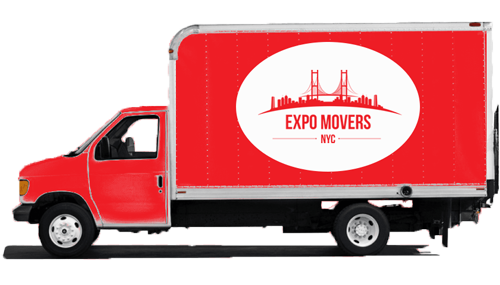If you’re like the average person, household, or family, there’s probably a couple of televisions, a computer, and several items for daily use. You have a couch, a table, some chairs, beds, and other furniture items.
How much are they worth right now? What would it cost to replace those items?
If you don’t have a home inventory list, it can be challenging to file an insurance claim. You may get a denial without evidence that you’ve purchased or owned specific items. This fact applies to renters and owners.
A home inventory list is also useful when you are moving. This documentation ensures that each item gets loaded and unloaded – or you can file a claim for its value if that doesn’t happen.
Our moving calculator provides this helpful resource when you go through the three-step process.
How to Create a Full Inventory of Your Possessions
It only takes six steps for you to create a home inventory. Implementing these tools and tips could help you to recover thousands of dollars if something unthinkable happens.
1. Pick a viable software storage solution.

Since emergencies make it challenging to remember everything you own, having an inventory list stored remotely ensures you get what you deserve. Taking pictures or having a paper list in a safe is useful, but it is better to keep spreadsheets through Google, Microsoft, or a third-party vendor.
2. Create a list of each room.

Instead of trying to create a whole-home inventory immediately, go room-by-room to make a list of what you own. It may be helpful to group similar objects together to make the information easier to manage. Books, utensils, and movies can be a single category. You’ll want to note each piece’s condition, the model and serial number, and the estimated value.
If you have receipts stored for each item’s cost, include that information in your home inventory list.
3. Take videos and photographs of your item.

Use your camera app or a DSLR to take pictures and videos of your property. As you walk through each room, talk about what items are there and how much they are worth. It helps to open each closet and drawer to show what you’ve stored in those places. Don’t forget to document your utility and storage areas, including anything that you might keep outside.
4. Remember to include essential paperwork in your inventory.

It can be challenging to replace financial, legal, and business documents after an emergency happen. Taking steps to preserve these items while creating your home inventory can save you a significant headache if something should happen. Try to scan the files into your computer before moving them to a cloud-based storage area so that you have secure off-site help if you experience a total loss.
5. Big-ticket items should get listed separately.

High-end electronics, fine art, collectibles, jewelry, and similar items should receive a separate category on your home inventory list. Any items that require white-glove handling or individualized insurance should be part of this step.
It would help if you were exceptionally thorough when documenting the information on these items. Include the make, model, and serial number whenever possible. You should note the purchase date, the location, and the receipt. It also helps to have multiple photographs from every angle to supply if a claim must get made.
6. Keep paper copies away from your home.

You should keep four copies of your home inventory list. Having a paper copy locked in a file cabinet with appropriate fireproofing is helpful. You’ll want to keep a digital version on your computer, laptop, phone, or tablet. Keeping another hard copy in a secure off-site location, such as a safe deposit box, gives you another protective layer.
Another digital copy should get stored with a third-party provider, such as Dropbox. When emergencies happen, some of these lists may not be available to access. It is unlikely that all of them would be compromised simultaneously.
You can choose to swap copies and flash drives with family or friends as another way to protect this information.
Do You Need to Complete a Home Inventory List?
The best time to complete a home inventory list is when you’re packing to move or unpacking at your new home. Each piece that goes onto the truck or into your home can get documented. When belongings go into or out of a box, you can note what it is, their condition, and other pertinent details.
You can still file claims without a home inventory list. If you do, the value of the settlement may not be what you expect. That’s why this documentation is essential.








